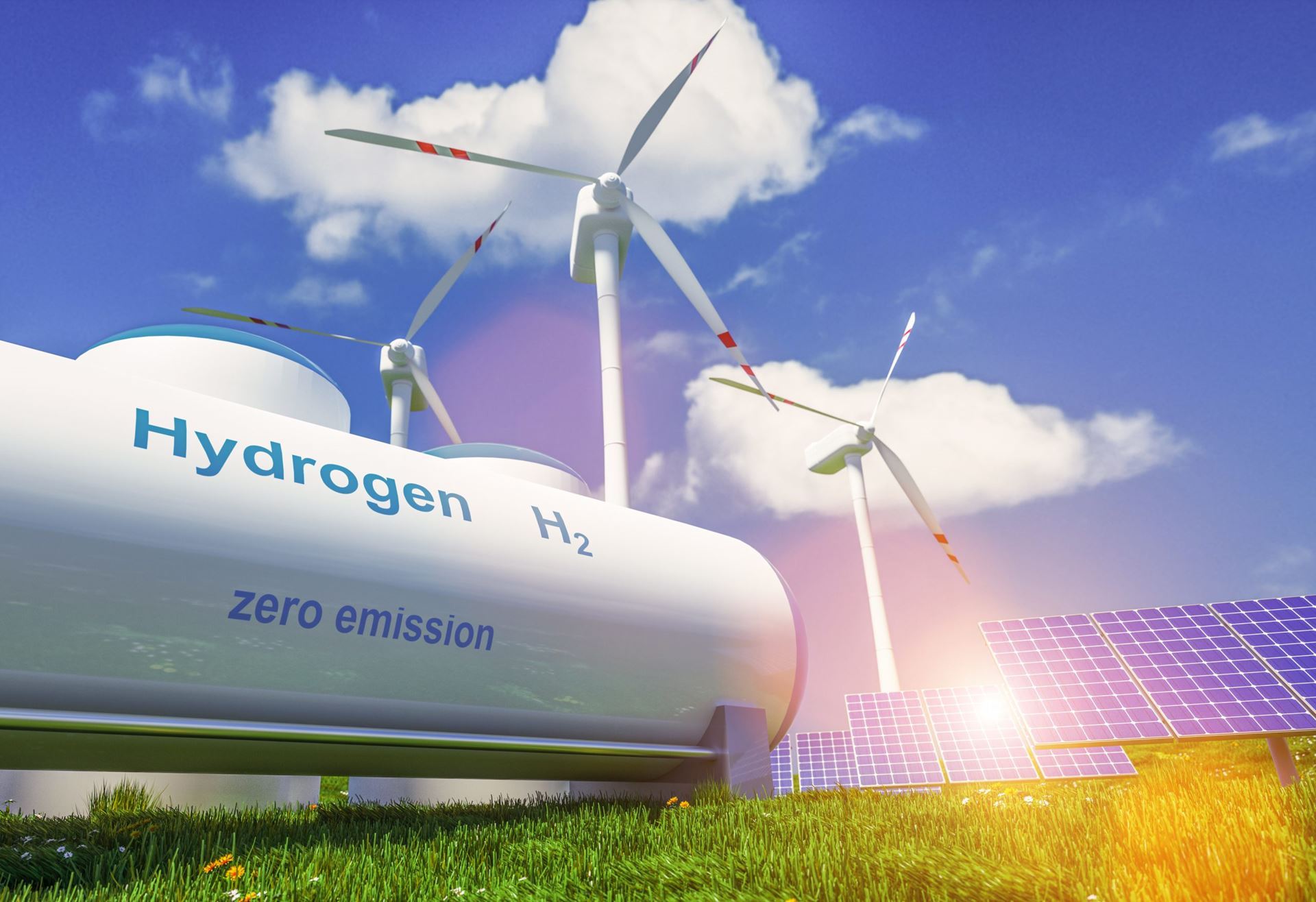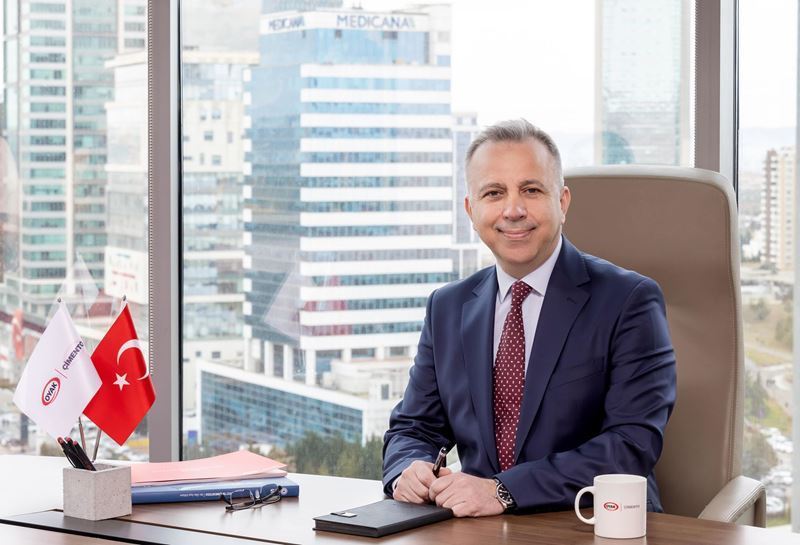Germany is one of Europe's largest steel producers, ranking seventh in the world and accounting for around 30% of industrial CO2 emissions. Globally, steel production accounts for 8% of total carbon emissions, compared to 5% in Europe.
Traditional steel production is carried out by blast furnace/basic oxygen furnace (BF/BOF) and direct reduction iron/electric arc furnace (DRI/EAF) methods. The BF/BOF method uses carbon reductants such as coke to remove oxygen from iron ore, resulting in CO2 emissions of 1.6-2 tons per metric ton. The DRI/EAF method reduces iron ore with natural gas or hydrogen and has the potential for zero emissions when renewable hydrogen is used. According to Eurofer data, 60% of European steel is produced by BF and 40% by EAF, while Germany produced 35.4 million tons of steel in 2023, of which 9.8 million tons was produced by EAF and 25.63 million tons by BF.
German steelmakers are planning to replace blast furnaces with hydrogen-based DRI. This will accelerate the achievement of Germany's sustainability goals and facilitate the industry's transition to climate neutrality. In particular, leading companies such as Salzgitter, Stahl-Holding-Saar and Thyssenkrupp have launched major tender processes to procure low-carbon hydrogen. These companies, together with ArcelorMittal, have received state funding support under the European Union's Major Projects of Common European Interest program.
The German government expects the country's hydrogen demand to be between 95-130 TWh by 2030, with the steel sector accounting for a significant share of this demand. This conversion to green hydrogen has the potential to save 28 tons of CO2 emissions per ton of steel. However, the cost of this transition and the need for prices of at least EUR 150-200/tonne in the European Emissions Trading System (ETS) to make low-carbon steel production economically attractive is seen as one of the biggest obstacles to the transformation in the sector.
The German steel industry aims to achieve climate neutrality by 2045 and reduce greenhouse gas emissions by 30-50% by 2030. To achieve these goals, the adoption of green hydrogen and the decarbonization of production processes will play a critical role in Germany's industrial future.









Comments
No comment yet.